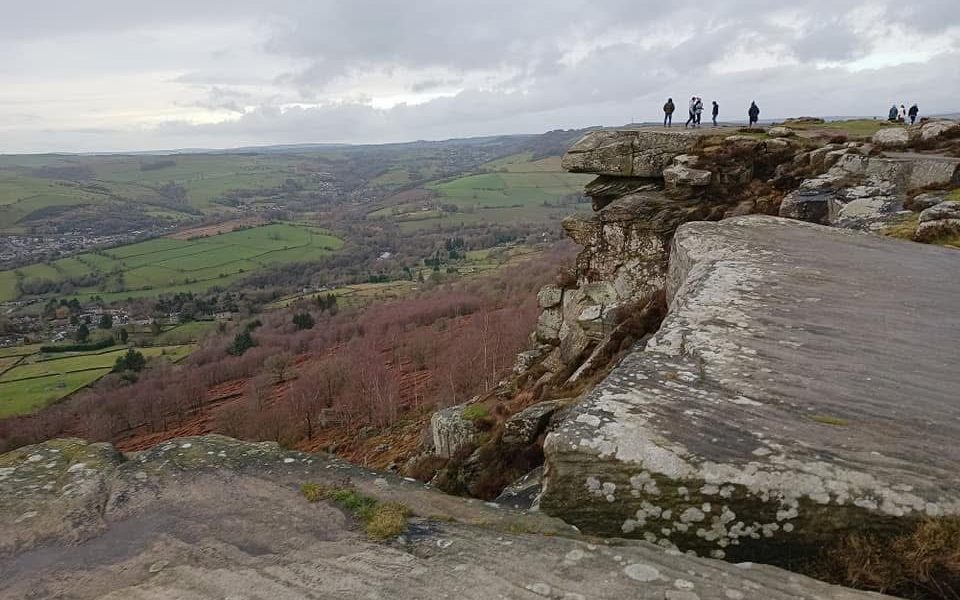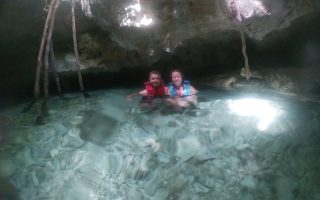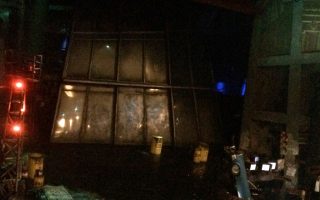If you enjoy a walk and breathtaking scenery, Curbar Edge is one for your list. There are several walks that you can do from there depending on the level of difficulty that you may want, however most people are quite happy to just walk the edge. It’s incredibly popular with dog walkers. There are always lots of dogs having a great runaround.
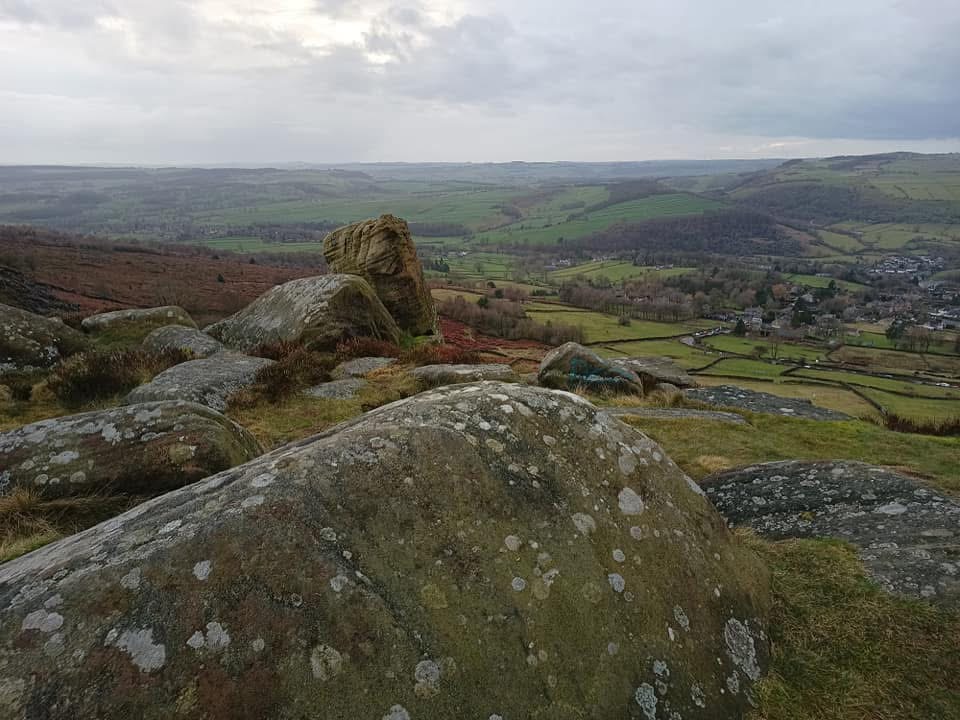
The gritstone escarpment is also considered to be a significant spot for climbing. The edge was one of the places where the sport developed and was the location of some of the early ascents. There are over 200 rock climbing routes on Curbar Edge. One of the routes, Dr Dolittle, is one of the hardest routes in Britain.

Located in the Dark Peak (sometimes called the High Peak) part of the Peak District National Park. It has views over the village of Curbar below, as well as the Derwent Valley. Turn around and you see the bleak moorland that the Dark Peak is famous for. Deer are a common sight.
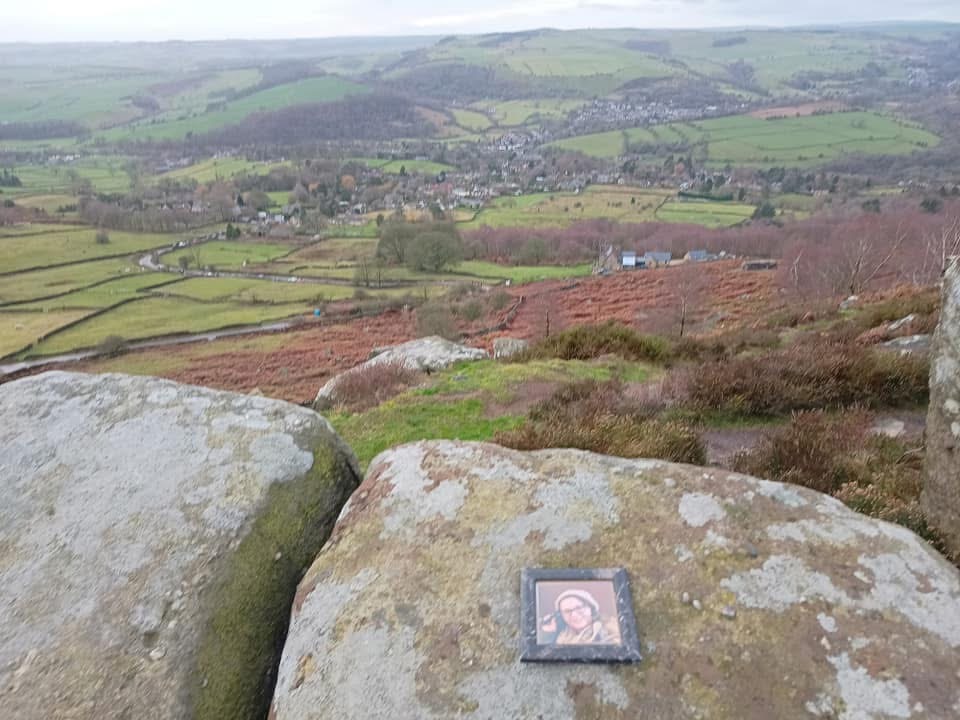
Although it is well visited, there are plenty of wild flowers and birds, from dippers and tits to kestrels and buzzards. The main attraction from the wildlife side are the deer. You can often see lines of them in the distance, and sometimes in the middle of the road in the evening. They ask that you are careful not to disturb them, especially during rutting season.
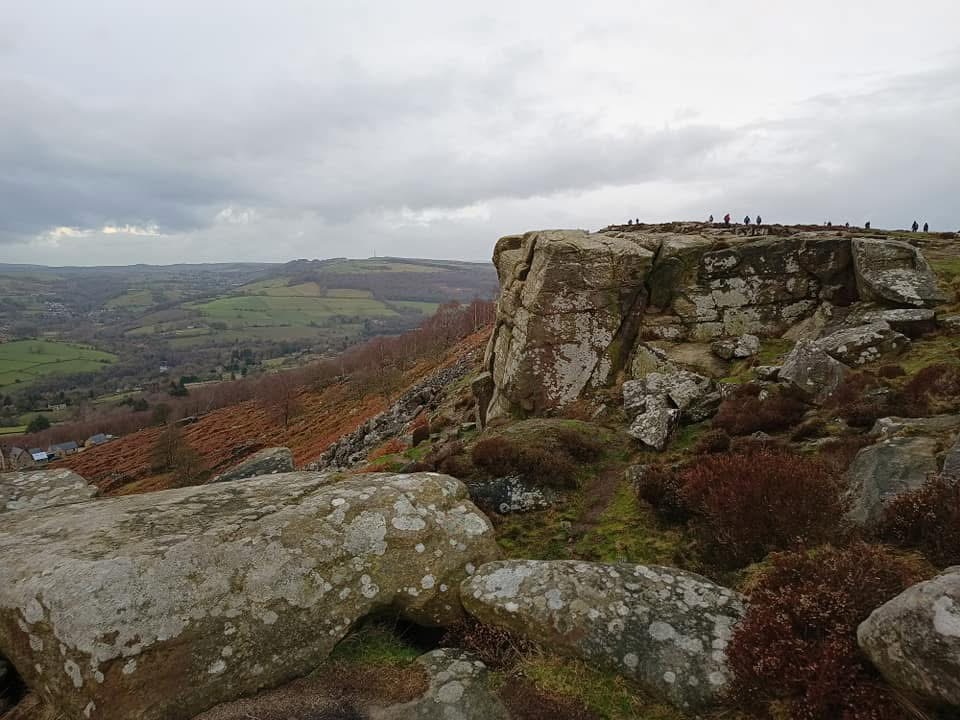
The area has been settled or used since prehistoric times. There are still the remains of a cairn associated with a bronze age single burial. There are other cists and cairns in the nearby area, some of the largest preserved prehistoric field systems and the area is rich in stone circles. One of which can be found on Curbar Edge.
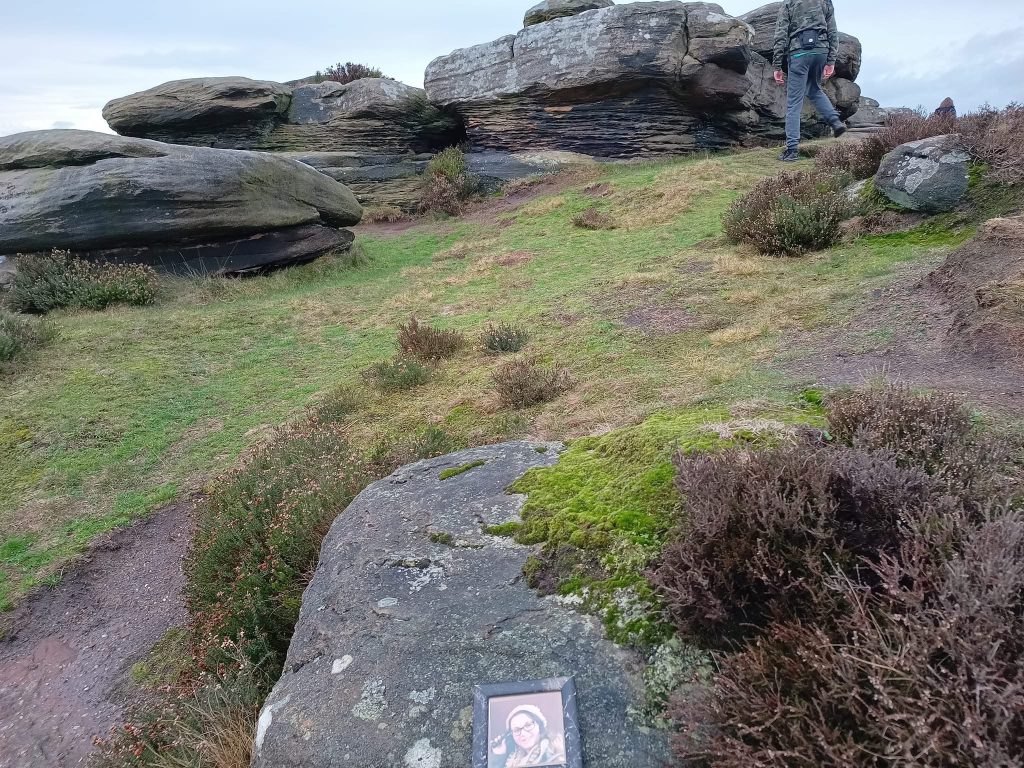
In later years, the Romans are believed to have quarried the gritstone, the Roman road you drive up to get there (depending on your starting point) may have been built to transport it. Chesterfield, the largest nearby large town, was an important Roman settlement.
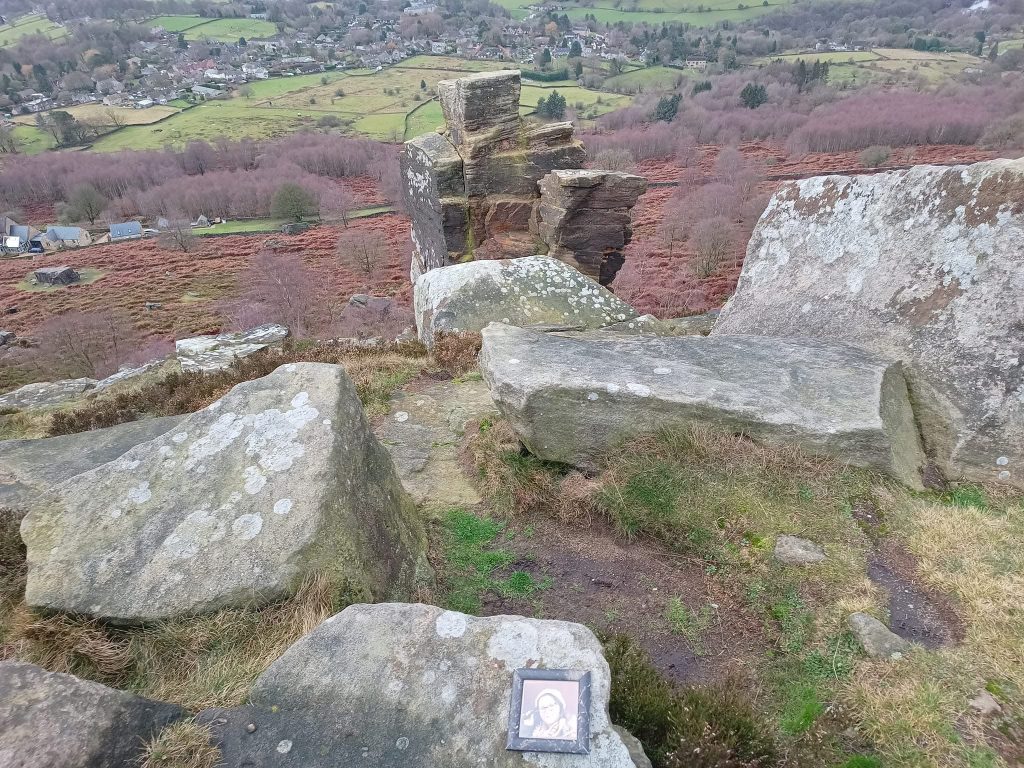
As with many parts of the Peak District, you will come upon abandoned millstones. These are such a feature of the national park that the millstone has become the park symbol. Not all that you come upon are millstones, but are actually grindstones, which were used to hone blades. They may well have been made for the Sheffield steel industry and were used in the manufacture of cutlery.
Due to the sheer size of a millstone, 2m across, they were made straight from the rock in situ, then transported as a finished piece, probably by putting a shafts through the centre and rolling it down to transportation.
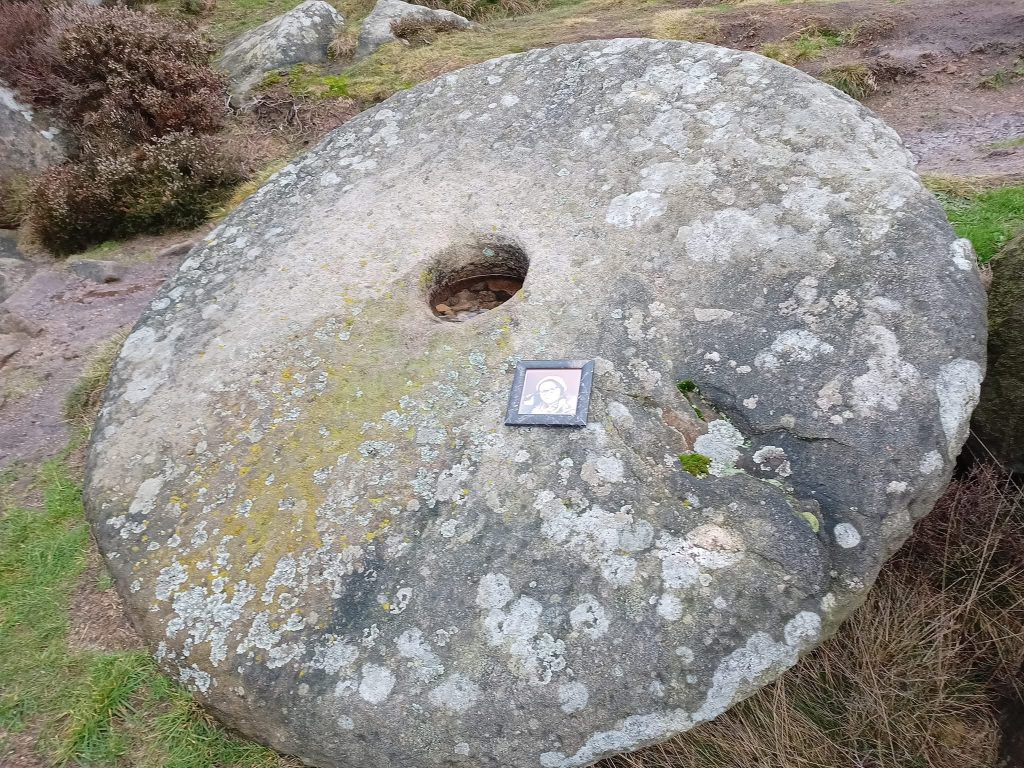
The millstones have been abandoned where they were made, or partway through making. It could take a long time to quarry a millstone. A two man team would probably manage to quarry 20 stones a year. The use of the stones for milling flour fell out of favour as they left particles in the flour, so with no customers for the stones, they were abandoned in situ.
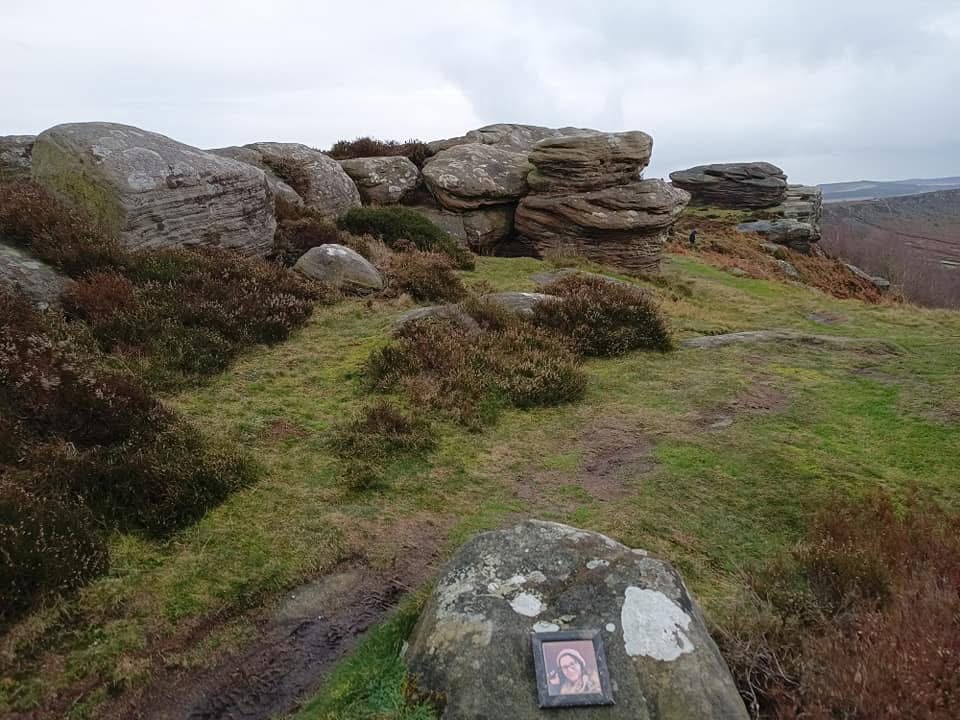
What you need to know: There is car parking at Curbar Gap. It’s a National Trust car park and there is a charge, unless you are a member. There is very limited parking on verges. Local police make sure the double yellow lines are observed. Given the very narrow road, if they didn’t, there would be complete gridlock. It’s often difficult to get to because in many places only one car can pass and a queue builds up.
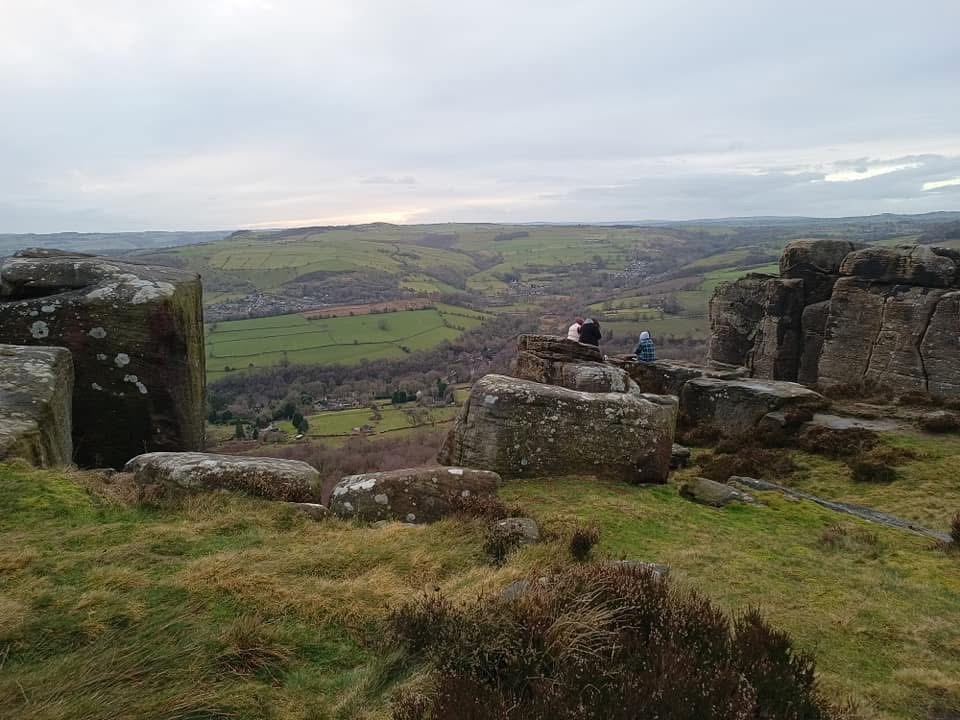
The next thing that you need to know is that it can get very busy. The car park isn’t large, so you may have quite a walk from where you can park. The route from the car park to the edge can be very wet and muddy. Wellies are your safest bet for footwear. The puddles can be quite deep. Even if it hasn’t been raining for a while, it can still be quite a quagmire.
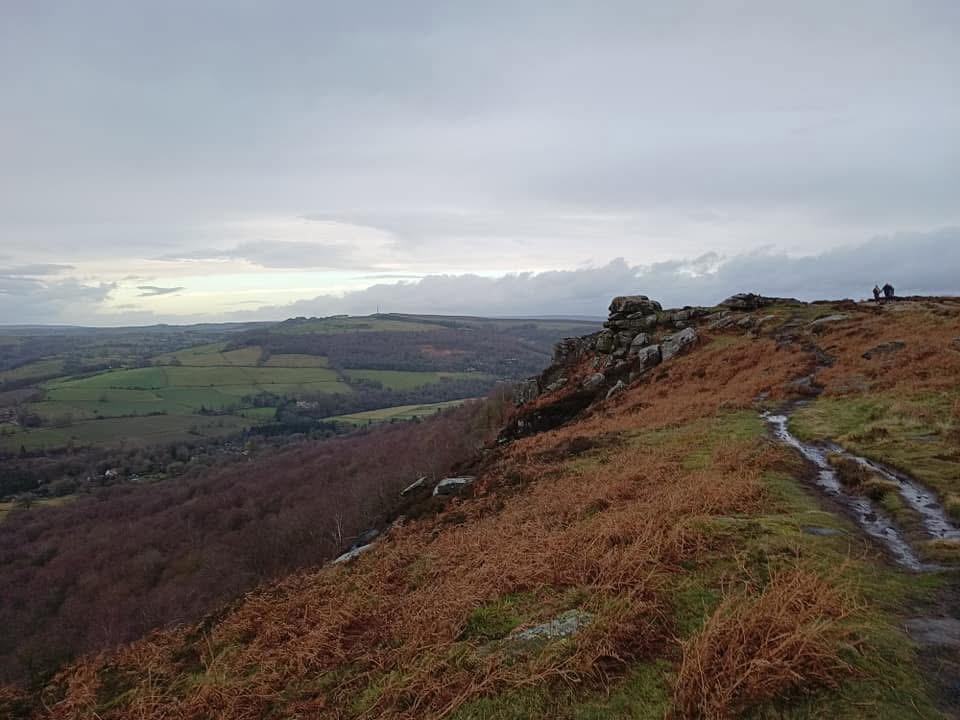
There is occasionally a snack van available but if you plan on spending the day, and taking some of the more challenging walks, you may want to bring food and drink.
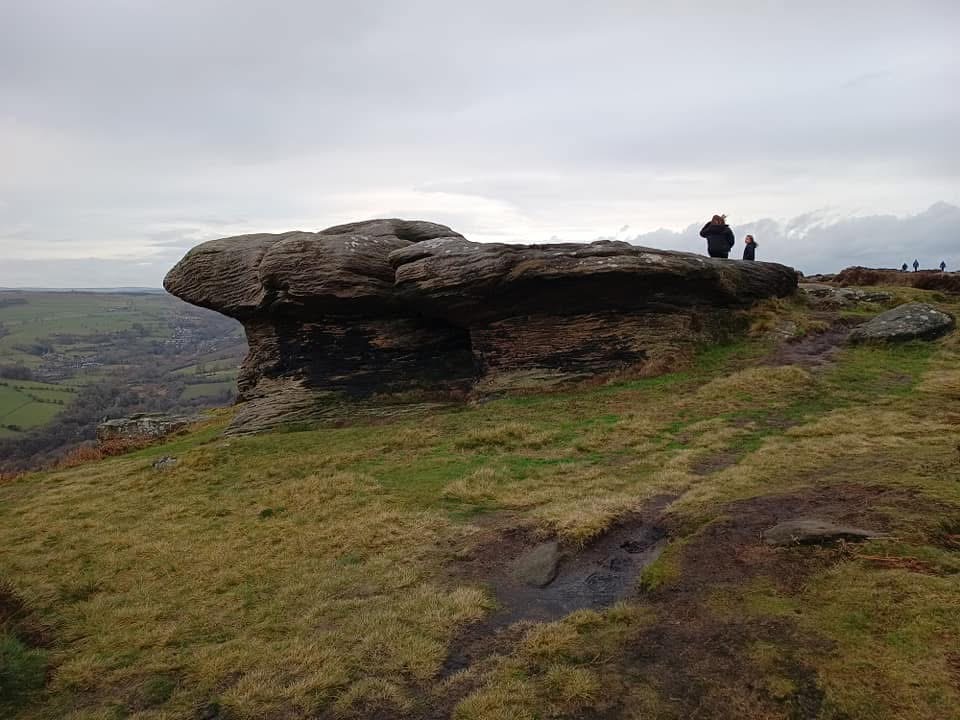
Which brings me on to the most important thing. There are no toilets. Being quite a bleak stretch of moorland and a very busy and popular spot, there aren’t (ahem) discreet clumps of bushes to disappear behind.
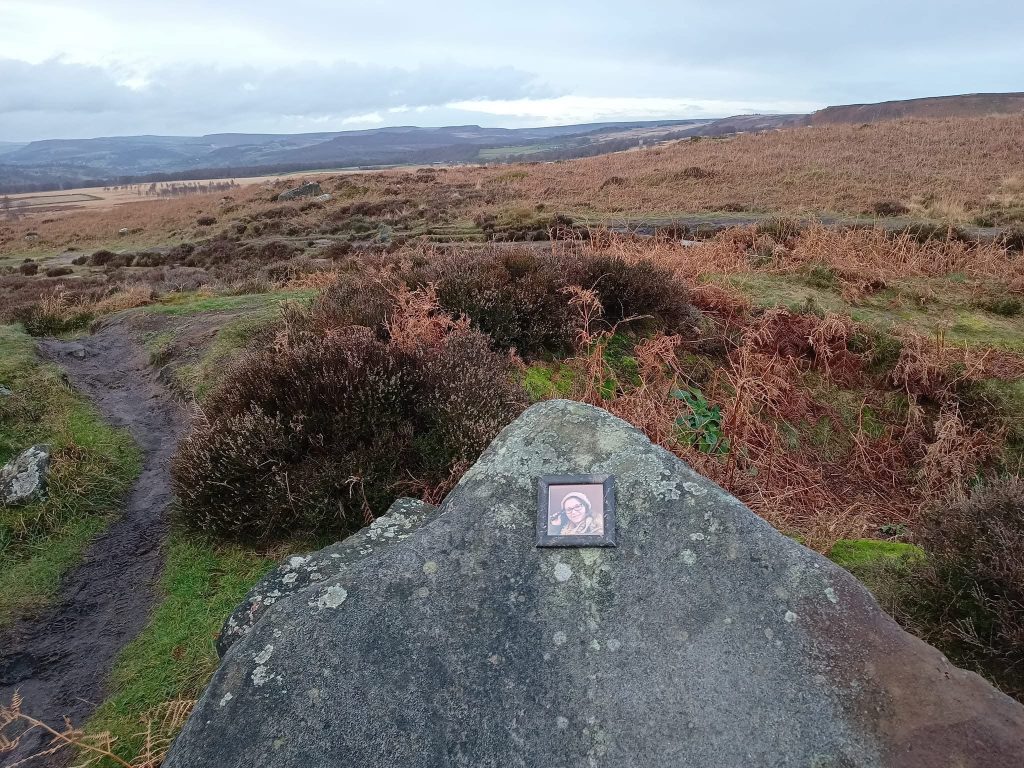
Despite being such a popular visitor spot, it’s remarkably free from litter. There aren’t any bins on the edge, so it’s clear that visitors respect the area. I hope you will too, if you visit.

